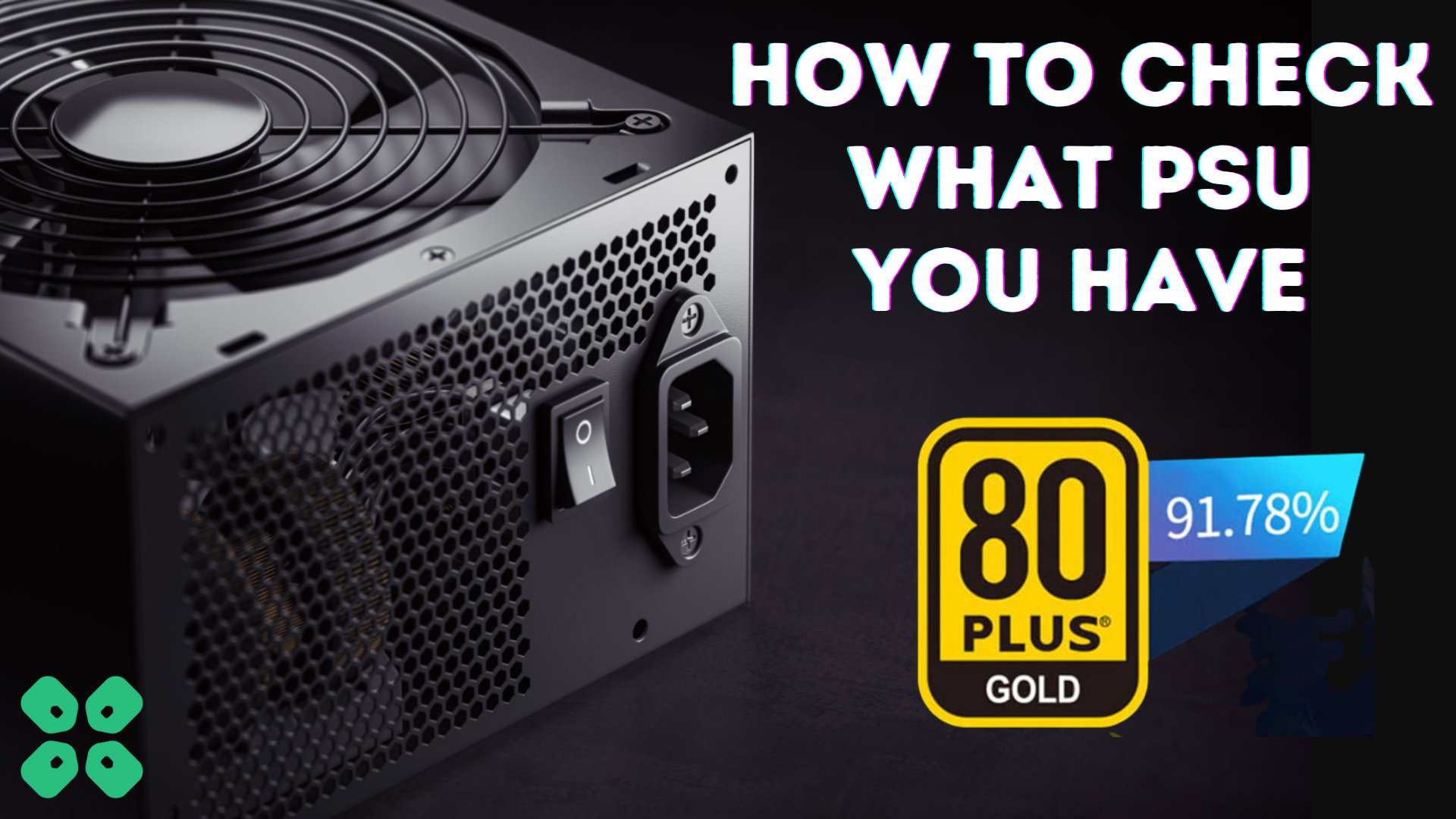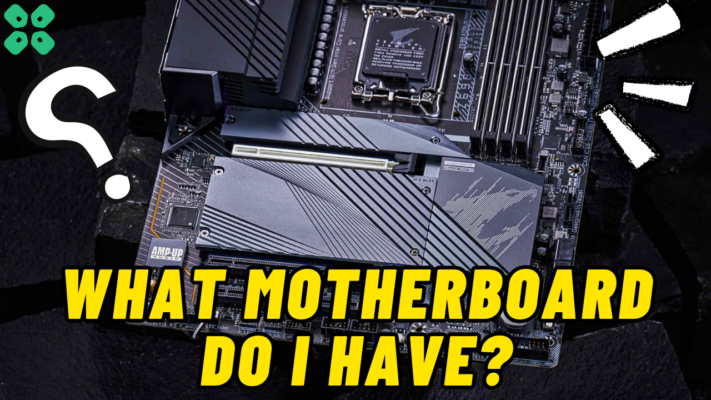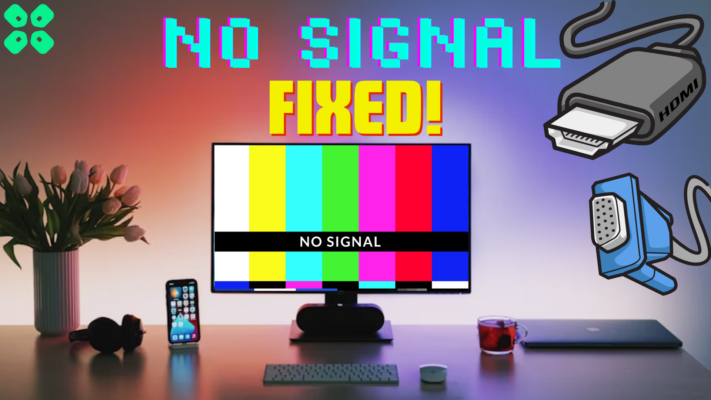If you want to know how much power output your PC can give, follow these 3 easy methods to find out which power supply you have.
Whether you’re planning to build a new gaming PC or just thinking to overclock/underclock your computer system, it’s crucial to check which power supply you have and how much load it can bear. All of your computer system’s hardware relies on the PSU, and you have to consider it while adding new components to your system, such as extra cooling fans.
However, checking what PSU you got is not like finding the PC model and generation from the operating system. You have to follow a more hands-on approach (literally) to check which PSU you have by opening the side panel of your PC case and looking for the label sticker on the power supply directly. The model, specifications, and ratings are all printed on the PSU, which pretty much explains everything.
In this article, we will guide you on how to check which power supply you have by following 3 easy methods. We will also discuss why knowing about your computer system’s PSU is essential.
Checking Power Supply on Your PC
If you can’t find what power supply you have on your system, our three easy methods will help you to learn more about it in the following ways.
Method #1: Check the Physical Label on PSU
The most direct way of checking your power supply is by simply peeking inside your PC’s case. No matter which PC case size you have, the PSU will always have a dedicated section for it, so you won’t have many struggles finding it.

To check what PSU you have, simply remove the side panel of your system case and look for the yellow, white, or black labeled PSU. All PSU manufacturers must feature a sticker with a power rating; therefore, no power supply is issued without a sticker. Check the label for the wattage figure in numbers with a ‘W’ sign.

If you can’t find the sticker on your PSU, you may have to remove the PSU from the case, as the frame could cover it. You may have to remove 4 to 6 screws to remove the power supply unit from the PC’s case.
Before interacting with any hardware, power off and disconnect your PC from any electricity source. It is best to press the power button after removing the electricity supply to ensure all the power has been drained from the PC.
Method #2: Check for Specs Online
The simplest and safest method to check what PSU you have on your PC is by checking the specification of your pre-built PC online. You can go to the manufacturer’s website and search for the make and model of your PC to check its specifications.

This method can be useful if you have purchased a pre-built PC from a vendor or a manufacturer, as you may find the PSU information pretty easily from their platform. Or you can access your purchase history to find the exact PC you ordered to see its specifications.
Method #3: Check the PSU Box
If you have built your high-performance PC by purchasing each part, you might have to do some digging. A straightforward approach is to check the packaging of your PSU. Check the label on the box featuring the rating figure and the power wattage to check which power supply you have.

Like the PSU sticker, the power supply packaging may also have a label stating all the information about it. You can find the model number and all the other required information in the PSU box. Moreover, you can search the order history to track the PSU you ordered online and look for its specifications online.
Why is it important to know about the PSU?
While choosing the right power supply to bear your PC’s workload, consider wattage and the PSU rating. Moreover, these are the main reasons to know about your PC’s power source.
- Overclocking your CPU or GPU.
- To power the motherboard of a high-performance PC.
- Upgrading your PC with the right hardware components for their required power consumption.
Knowing how much power your PC might consume can help you find the best power supply. This way, you can avoid short circuits due to low power supply.
Conclusion
In this article, we discussed how you could check the power supply on your computer system by following a few easy methods. We also mentioned why it is important to know about the power supply by stating a few reasons. We hope our guidelines were helpful enough to assist you in learning which PSU you have on your system.







